
Nonerosive immune-mediated polyarthritis is an immune-mediated inflammatory disease of the diarthroidal joints (movable joints: shoulder, knee, etc.), which occurs in multiple joints, and in which the cartilage of the joint (articular cartilage) is not eroded away. A type III hypersensitivity reaction, which causes antibodies to be bound to an antigen, in this case joint tissue, causes this condition.
These antibody-antigen complexes are called immune complexes, and they are deposited within the synovial membrane (where the fluid that lubricates the joints is held). There, the immune complexes trigger an abnormal immune response to the joint cartilage. What this means is that, in effect, the body is fighting itself. This leads to an inflammatory response, and complement protein activation by the tissue surrounding the cartilage, in response to the immunity displaying cells, leading to the clinical signs of arthritis.
You will need to give your veterinarian a thorough history of your cat's health leading up to the onset of symptoms. Your veterinarian will perform a thorough physical exam on your cat, taking note of signs of pain, decreased range of motion, and any lameness. A complete blood profile will be conducted, including a chemical blood profile, a complete blood count, a urinalysis, and an electrolyte panel. Joint fluid aspirate will be taken for lab analysis, and submitted for bacterial culture and sensitivity. A biopsy (tissue sample) of synovial tissue will also help to make a definitive diagnosis.
X-ray images can also be used as a diagnostic tool. If a nonerosive, immune-mediated polyarthritis condition is present, it will be visible on the radiograph image.
Physical therapy, including range-of-motion exercises and massage can help treat severe disease. If your cat is having a lot of difficulty walking, bandages and/or splints may be put around the joint to prevent it from further degrading. Weight loss can also help to decrease pressure on the joints if your cat is overweight. If your cat is on antibiotics your veterinarian will attempt to rule out a reaction to the antibiotics.
Surgery is only recommended to remove infection if your cat has a concurrent infection when diagnosed with the nonerosive polyarthritis.
Your veterinarian will schedule frequent follow-up appointments with your cat, but if its condition worsens, contact your veterinarian immediately. Remission is usually achieved in 2-16 weeks, but the recurrence rate jumps to 30-50 percent when therapy is discontinued.
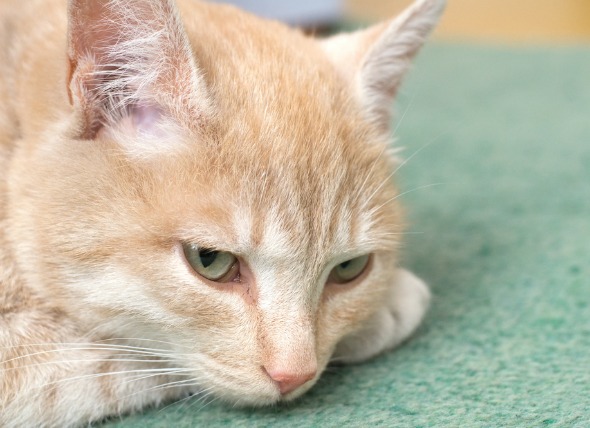 Blood Related Deficiencies in Cats
Pancytopenia in Cats
Pancytopenia does not actual
Blood Related Deficiencies in Cats
Pancytopenia in Cats
Pancytopenia does not actual
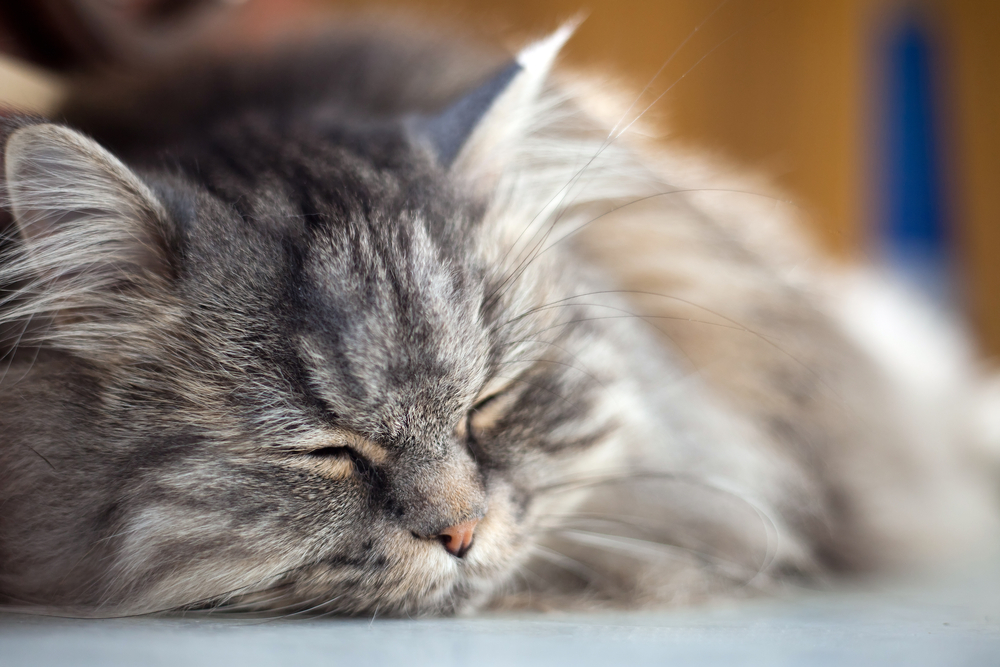 Ear Cancer (Adenocarcinoma) in Cats
Ceruminous Gland Adenocarcinoma of the Ear in Cats
Ear Cancer (Adenocarcinoma) in Cats
Ceruminous Gland Adenocarcinoma of the Ear in Cats
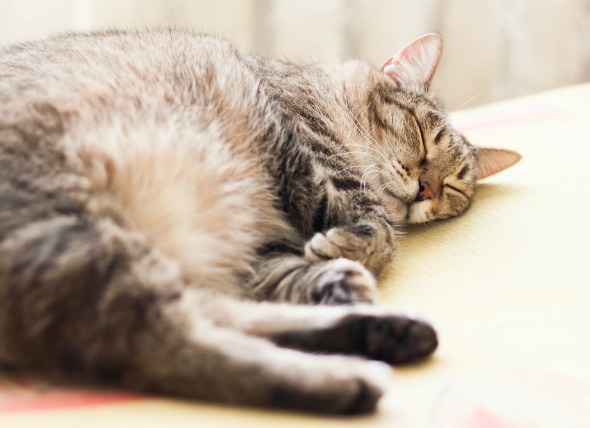 Swelling in Cats
Peripheral Edema in Cats
Swelling due to an exces
Swelling in Cats
Peripheral Edema in Cats
Swelling due to an exces
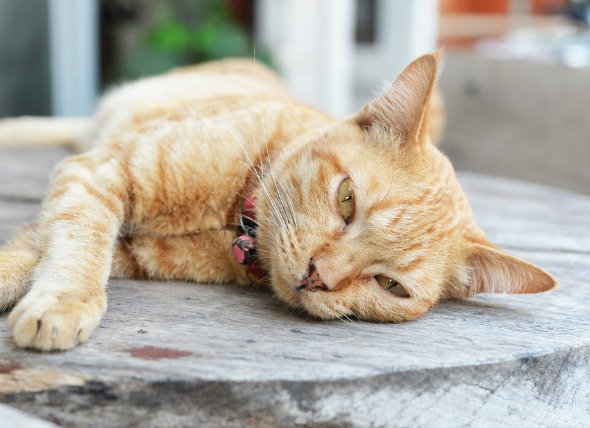 Fatty Liver Disease in Cats
Hepatic Lipidosis in Cats
Hepatic lipidosis, know
Fatty Liver Disease in Cats
Hepatic Lipidosis in Cats
Hepatic lipidosis, know
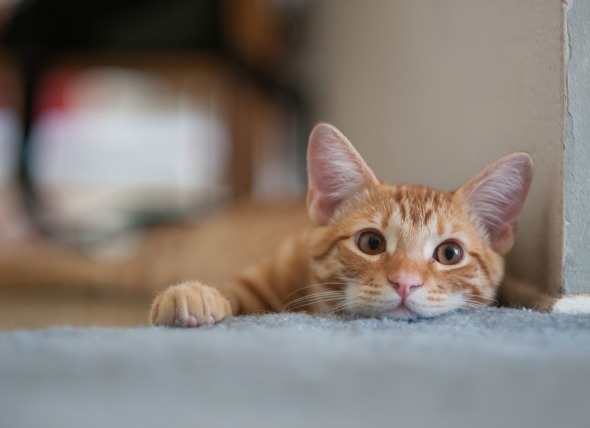 FIV or Feline AIDS in Cats
Feline Immunodeficiency Virus Infection (F
FIV or Feline AIDS in Cats
Feline Immunodeficiency Virus Infection (F
Copyright © 2005-2016 Pet Information All Rights Reserved
Contact us: www162date@outlook.com